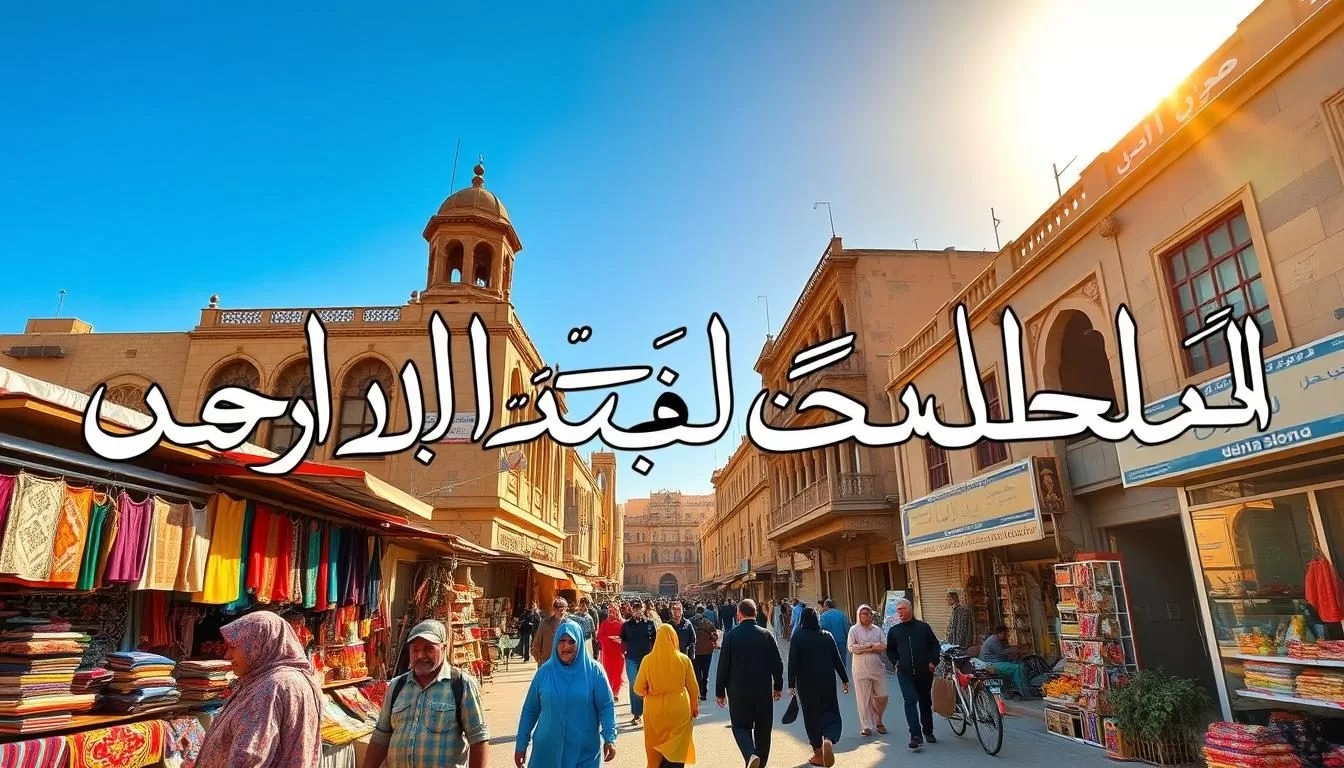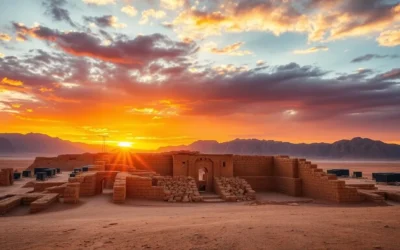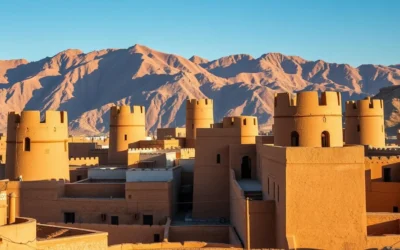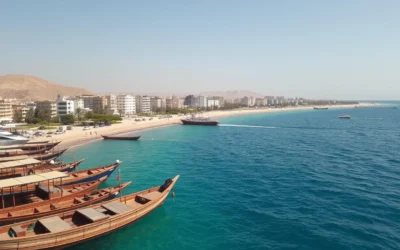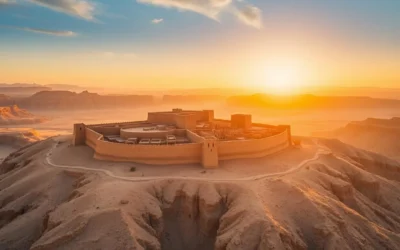✓ Accommodations✓ Flights✓ Rental Cars✓ Tours & Activities
Located in the southern region of the Arabian Peninsula, Yemen is a country rich in cultural heritage. With a population of 25.408 million, it is a land where language plays a central role in daily life and national identity.
The official language of Yemen is Modern Standard Arabic, established by the 1991 constitution. This language is not only a tool for communication but also a symbol of unity across the country. It is widely used in government, education, and media.
Yemen’s linguistic landscape is diverse, with several dialects and minority languages. These reflect the history and ethnic composition of the region. Understanding this diversity helps you appreciate the cultural richness of this fascinating part of the world.
Introduction to Yemen’s Rich Linguistic Heritage
The story of language in this region is deeply rooted in its ancient past. Centuries of cultural exchanges have shaped its linguistic identity, making it a fascinating subject to explore. From the Sabaean Kingdom to the time of the Prophet Mohammed, historical events have left an indelible mark on its language landscape.

Historical Background and Cultural Roots
Yemen’s heritage is a blend of ancient civilizations and cultural interactions. The Sabaean Kingdom, dating back to the 12th century BC, played a pivotal role in shaping its linguistic traditions. Over time, influences from Arabic, African, and South Asian languages enriched its dialects, creating a unique linguistic tapestry.
Traditional institutions, such as poetry recitals and oral storytelling, have been instrumental in preserving this heritage. These practices not only pass down language but also reinforce cultural values and social bonds.
Demographic Influences on Language Diversity
Demographics have significantly impacted the language spoken in this country. With a population of over 34 million, ethnic groups like Arabs, Somalis, and others contribute to its linguistic diversity. Urban and rural areas exhibit distinct speech patterns, reflecting socioeconomic influences.
Migration and historical interactions have further diversified language use. Each dialect, from Sanaani to Hadrami, carries unique phonological variations and vocabulary, preserving regional identities.
Yemen: Official and widely spoken languages
Modern Standard Arabic serves as the backbone of communication in this culturally rich nation. Established by the 1991 constitution, it is the official language used in government services, media broadcasts, and public education. This standardization ensures consistency in official documents and cross-border communications.
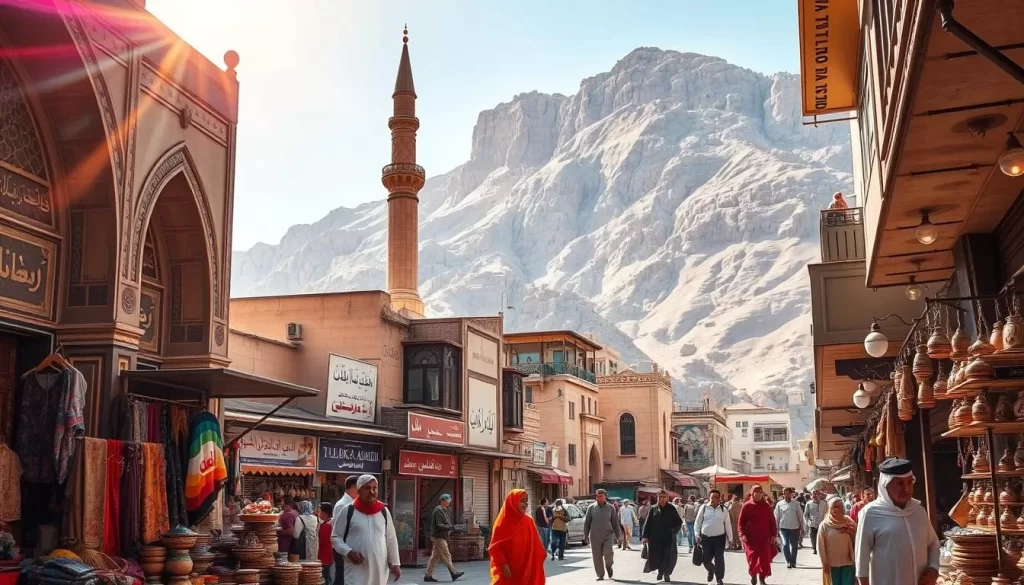
Constitutional and Governmental Role
Article 2 of the constitution mandates the use of Modern Standard Arabic in all governmental functions. This ensures that policies and legal documents are accessible to the population of over 25 million. It also fosters unity across diverse regions, bridging gaps between different dialects.
The government relies on this language to maintain clear and effective communication. From legislative debates to public announcements, Modern Standard Arabic plays a pivotal role in shaping national identity.
Media, Education, and Everyday Life
In the realm of media, Modern Standard Arabic dominates news broadcasts, newspapers, and online platforms. This ensures that information reaches a broad audience, regardless of regional dialects.
Educational institutions also prioritize this language. It is the medium of instruction in schools and universities, equipping students with the skills needed for professional and academic success. Approximately 17.7 million speakers use this language daily.
| Context | Usage |
|---|---|
| Government | Official documents, legal proceedings |
| Media | News broadcasts, publications |
| Education | Instruction, textbooks |
| Daily Life | Communication, cultural events |
From classrooms to newsrooms, Modern Standard Arabic shapes the way people interact and understand the world. Its widespread use highlights its importance in unifying this diverse country.
Arabic Dialects Shaping Yemeni Identity
Dialects in this area reflect centuries of cultural exchange and adaptation. The language spoken here is a blend of Arabic, African, and South Asian influences, creating a unique linguistic tapestry. Each dialect carries its own vocabulary, expressions, and pronunciation, shaped by the region it originates from.
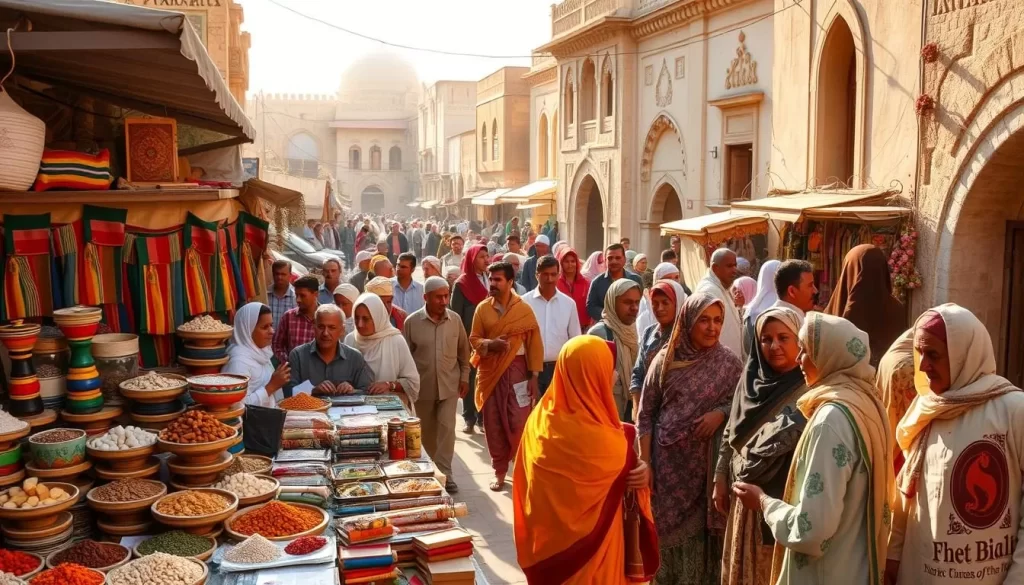
Regional Variations: Sanaani, Ta’Izzi-Adeni, and Hadrami
In the northern areas, the Sanaani dialect is spoken by approximately 7.6 million people. It is known for its distinct phonological features, such as the pronunciation of “qaf” and “ayn”. The Ta’Izzi-Adeni dialect, used by around 6.76 million speakers, is prevalent in the southern regions. It reflects a mix of Arabic and African influences.
The Hadrami dialect, with about 300,000 speakers, is unique to the eastern parts. It incorporates loanwords and phonetic elements from South Asian languages, showcasing historical connections. These dialects are not just tools for communication but also markers of regional identity.
Understanding the Influence of Local Dialects on Culture
Local dialects play a crucial role in preserving cultural practices. Specific vocabulary is used in rituals and celebrations, marking significant events. Idioms and proverbs, passed down through generations, convey wisdom and cultural values. These elements highlight the deep connection between language and heritage.
Areas near the Saudi Arabian border exhibit a fusion of Yemeni and Saudi dialectal features. This blending reflects the region’s historical interactions and shared cultural ties. Understanding these nuances helps you appreciate the complexity of this linguistic landscape.
For more insights into the varieties of Arabic, explore this resource. To delve deeper into Yemeni identity, visit this link.
Non-Arabic and Foreign Languages in Yemen
Beyond Arabic, this region is home to a fascinating mix of indigenous and foreign tongues. These languages enrich the cultural fabric and reflect historical interactions. From endangered native dialects to globally influential foreign languages, the linguistic diversity here is remarkable.
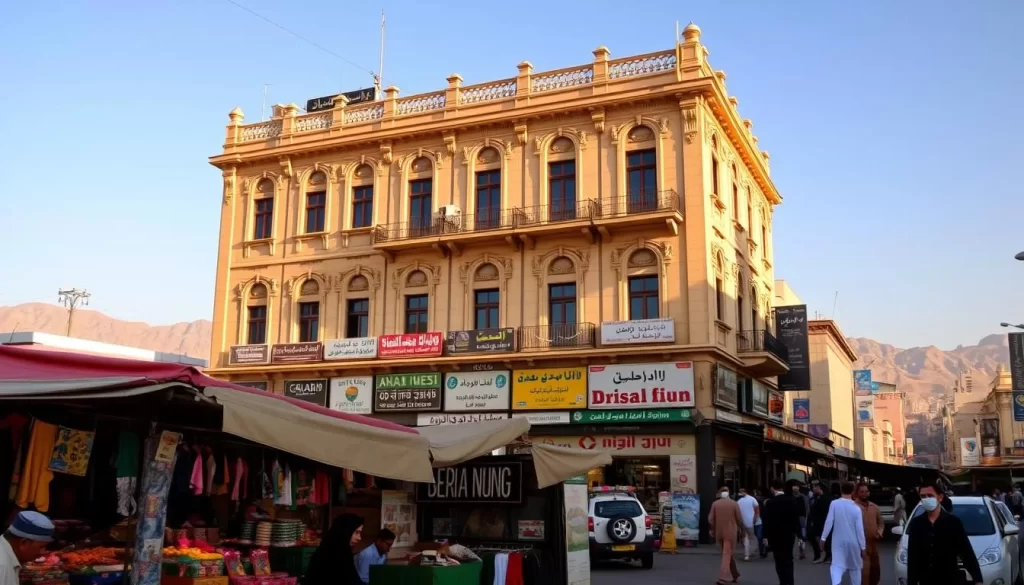
Endangered Indigenous Languages: Razihi, Soqotri, Mehri, and More
Indigenous languages like Razihi, Soqotri, and Mehri are vital to the cultural identity of their speakers. Razihi, with around 62,900 speakers, is the most widely spoken non-Arabic language. Soqotri, spoken by approximately 57,000 people, is another key dialect.
Mehri, with about 50,000 speakers, is also significant. These languages face challenges due to modernization and limited institutional support. Efforts to preserve them are crucial for maintaining cultural heritage.
Languages like Bathari and Hobyot are even more endangered, with very few speakers remaining. Their survival depends on community-led initiatives and documentation.
Global Connections: The Role of English and Russian
Foreign languages like English and Russian play a growing role in this region. English is widely taught in schools and used in business, making it a key tool for global communication.
Russian, influenced by historical intercultural marriages, is also present. It reflects the country’s diverse cultural ties and global interactions.
These languages bridge gaps between local and international communities. They also open doors to educational and economic opportunities.
For more insights into the linguistic landscape, explore this resource. To learn about the dialects of this region, visit this link.
Conclusion
Language plays a central role in shaping identity and unity in this culturally diverse nation. Modern Standard Arabic serves as the backbone of communication, ensuring consistency in government, media, and education. It bridges regional differences, fostering a sense of national cohesion.
Dialects like Sanaani and Hadrami reflect the rich heritage of this country. They connect people to their regional roots while contributing to the broader linguistic tapestry. These variations highlight the deep cultural ties embedded in everyday speech.
Non-Arabic and foreign languages, such as English and Soqotri, add layers to this diversity. They reflect historical interactions and open doors to global opportunities. Together, these elements make language a vital part of daily life and national identity.
To explore more about the linguistic landscape, visit this source. For insights into minority languages, check out this link.
The above is subject to change.
Check back often to TRAVEL.COM for the latest travel tips and deals.
